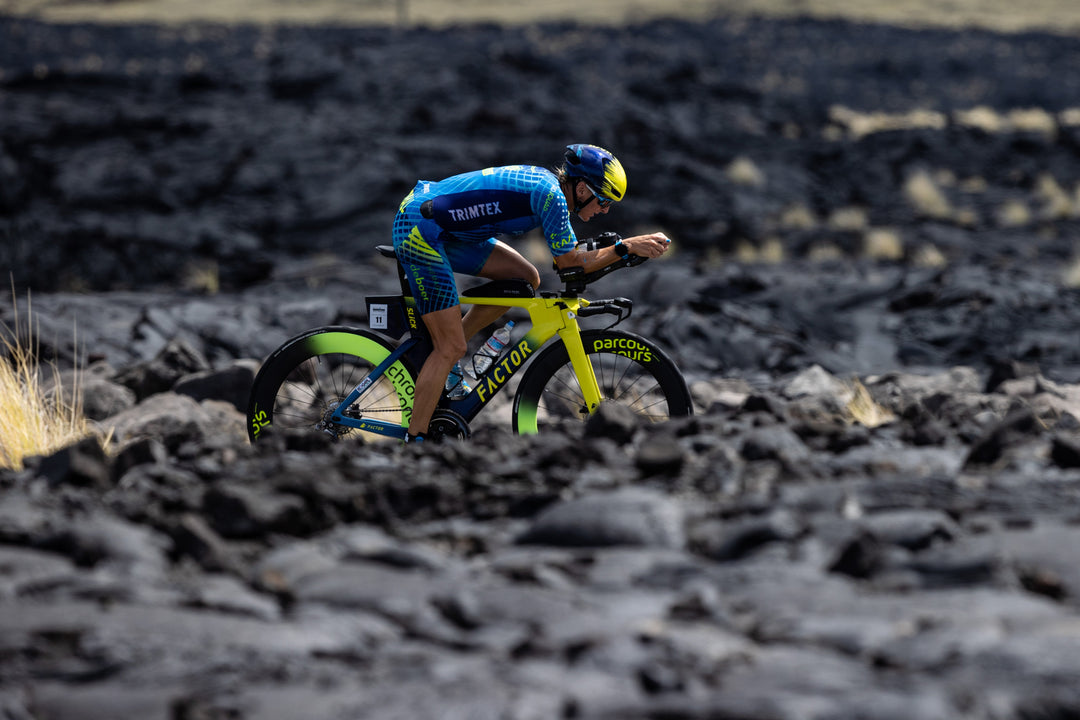Why Aquabike Could Be Your Next Big Race Adventure?
So many of us love triathlon, the joy (or frustration) of trying to balance the three disciplines, but the sense of accomplishment, from the training to the finish line. However, often through injury, particularly running, we think our days of triathlon are over, unable to run pain free and so enjoy the event. However, I think it’s important to have options for athletes, to ensure we keep people within the sport, and still encourage people to get active and be out and about. Enter Aquabike.
Parcous Ambassdor Adam Phillips, is a huge advocate for the Aquabike event, after an injury forced him out of triathlon. Adam breaks down what Aquabike is, in the hope more people may see how good it is as an option, to ensure we can keep being active and healthy. 
For those who know me, it’s no secret that I’m a passionate, perhaps even evangelical, advocate for the growing sport of Aquabike racing.
My own journey into the sport began in 2019, after an injury, surgery, and a subsequent arthritis diagnosis brought my competitive running days to an abrupt halt. In fact, apart from the occasional dash for a bus, I haven’t run more than a few steps since my knee flared up again a few years ago. Without Aquabike, my days in multisport might have been over, and I’d probably have swapped the wetsuit for a set of lawn bowls.
Instead, Aquabike has kept me racing, training, and loving the sport. And I believe it’s a discipline that has something to offer everyone — whether you’re an elite athlete, a dedicated age-grouper, or simply looking for a new challenge.
What is Aquabike?
In simple terms, Aquabike is a swim + bike event — the first two legs of a triathlon, without the run. It’s now firmly established on the World Triathlon calendar and growing in popularity across the globe.
Here’s why I think it deserves a place in every multisport athlete’s race plan.
1. Inclusion for Injured or Mobility-Limited Athletes
For many with long-term lower limb injuries, Aquabike offers a new lease of life. Before its inclusion in major race calendars, those of us unable to run were often left on the sidelines. Now, we have a chance to compete, push ourselves, and be part of the multisport community again.
2. Faster Recovery
Both swimming and cycling are low-impact sports. That means you can push hard on race day and bounce back quickly. I’ve raced all-out on a Sunday and been back in the pool on Monday morning, with little or no drop in session quality.
3. Train Through Injury
Sprained ankle, calf strain, plantar fasciitis? Aquabike lets you maintain intensity while you recover. You keep your hard-earned fitness without aggravating the injury.
4. Sharpen Your T1 Skills
We often call transition the fourth discipline in triathlon (or fifth, if you count fuelling). While many of us practice bike-to-run changes, how often do we rehearse the swim-to-bike transition? In Aquabike, T1 is your only transition — it’s where heart rate spikes and disorientation can creep in. More races mean more chances to perfect it.
5. Go Aggressive on the Bike
Since there’s no run afterwards, you can experiment with a more aerodynamic, slightly less comfortable bike position — getting lower in the wind without sacrificing vision or safety. Those small gains quickly add up.
6. Go Full Gas
In triathlon, the bike leg is often about pacing yourself to retain energy for the run. In Aquabike? It’s all-out effort — a time trial with a very wet warm-up. With many Aquabike races run alongside triathlons, you’ll likely have other riders to chase down in the final kilometres, adding an extra edge to your race.
Where to Start
If this has piqued your interest, check out Aquabike.World, a global hub for the sport. You’ll find race calendars, results, previews, and even world age-group rankings.
So, maybe it’s time to give Aquabike a tri! 




